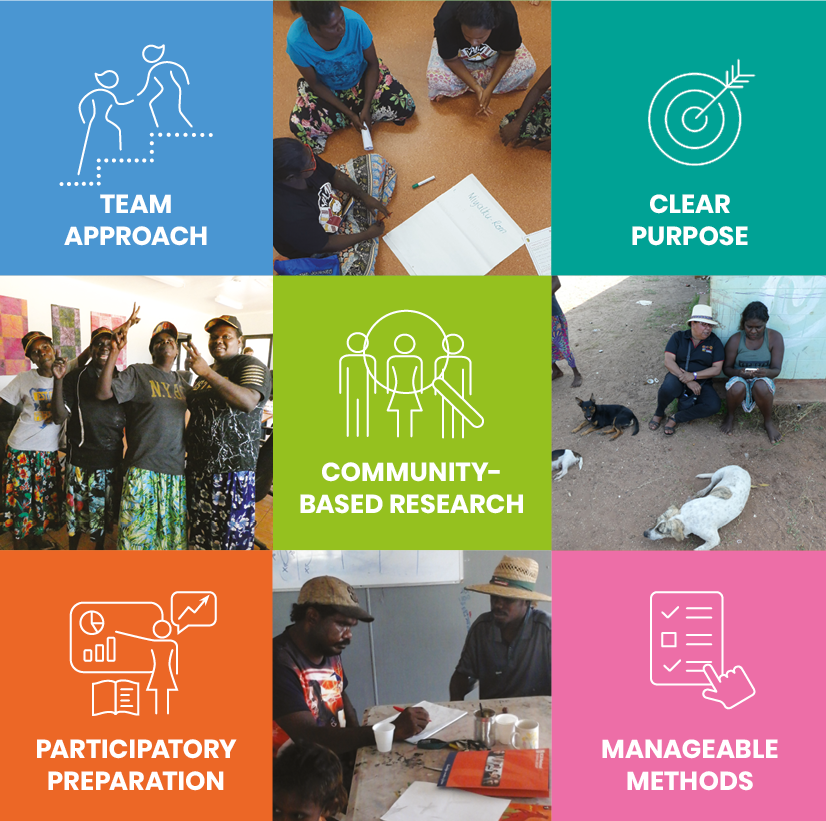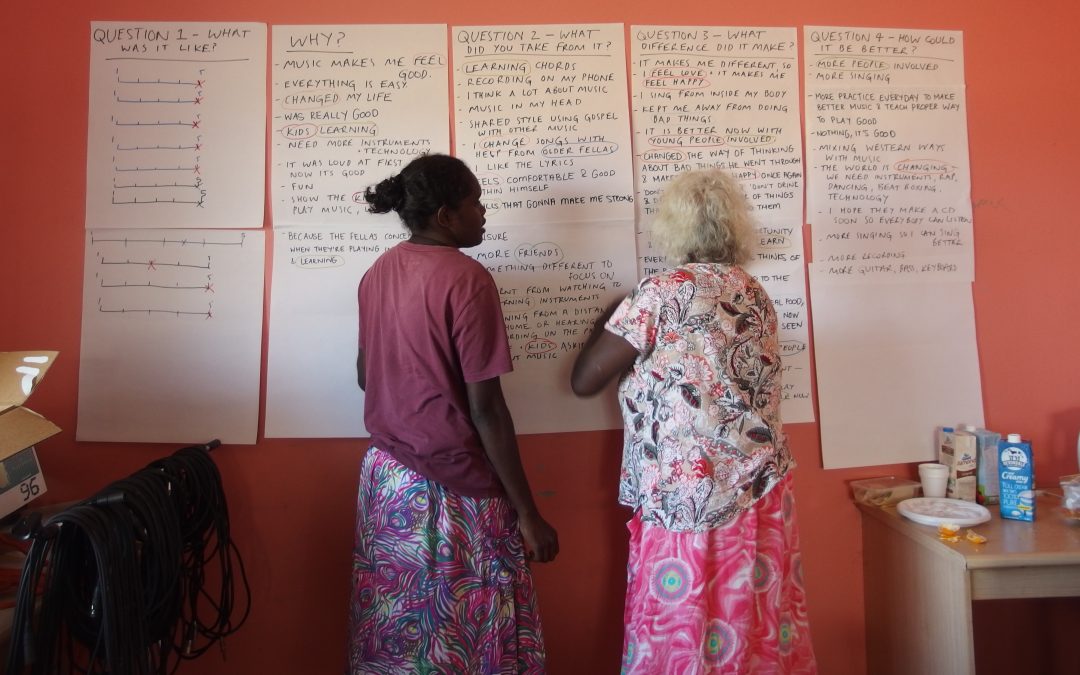
The nuts and bolts of strengthening community organisations
The nuts and bolts
of strengthening community organisations
Steve Fisher
Many years ago I had the opportunity to work with communities of Quechua-speaking people in the high Andes of the north of Peru. In one instance I was part of a team conducting a needs assessment to work out what programs or services a local NGO might be able to offer.
In one of the first communities we visited, we stopped in the street to talk with one of the senior men. It was cold and misty. He was wearing a big hat and a thick poncho. He looked weathered by the climate. We asked him what programs already existed in the community, especially supported or managed by government agencies. His reply was ‘el estado no llega aquí or ‘the state doesn’t reach here’. He seemed surprised we didn’t know that.
This experience, and many others since, have often led me to think about ways in which social development needs are best met if the government doesn’t arrive, which is the situation for most needs in most communities in many countries. The other options are the private sector, non-government or civil society organisations or the community itself.
Of course, the state might not be the best option anyway. During a recent project, I learned that a single department of the Government of Victoria (a state in Australia) has contracts with over a thousand NGOs, funding them to provide access to social services. Of course, this arrangement depends on the government having the resources, the mandate and the responsibility to support services in this way. Without budgets, then NGOs are not in a position to sustain services. And if service users are not able to pay the full cost, then the private sector cannot sustain a viable service either.
And so we arrive at local or community-based organisations. There are many very effective examples which are unknown beyond their own location. Two years ago in rural Colombia, my colleague Carolina and I visited an organisation that provides education and support services for children with disabilities. Their work is largely sustained through volunteers and contributions from local people and businesses. While we were working there a store owner delivered a donation of food and our accommodation was provided free of charge by a nearby hotel.
The Community Works team often discusses with community organisations how they can strengthen their work. We have been volunteers ourselves and so we have insights too. Faced with the day-to-day challenges of supporting their participants, few organisations have the time to reflect. Sometimes they don’t know what they don’t know. But given space to think about ways to strengthen their work, we commonly hear the same questions, which I share below with comments on approaches that have previously been effective in my experience.

How can we build our technical capacity?
If we take the example of community mental health and its myriad sub-divisions like suicide prevention and support for people who are lonely and isolated, organisations can often feel lacking in clinical skills if there is no trained mental health specialist on the staff. The same applies to a number of fields that benefit from or require specialist technical knowledge, which in the social sector include aged care, disability services, early childhood development and many others.
Without suggesting there are easy answers to any of these challenges, in a situation where technical capacity is lacking a sector development strategy can be a worthwhile option. This means that organisations work together as a group and seek external advisors to support the sector as a whole. The economies of scale can make specialist technical support more affordable and the prospect is more attractive to specialists because they have the opportunity to support a wider range of situations. I have seen versions of this approach work well in India and Sri Lanka, for example.

How can we innovate?
Organisations often have many ideas but few tools to develop what has inspired them into a project with objectives, a plan, milestones, resources and a means to sustain itself. Introducing methods like a theory of change, logic models, conceptual frameworks and a structured way of preparing a design document can be an empowering, even liberating experience, because it helps organisations crystallise what they might have been talking about for a long time.
A facilitated workshop can be a very effective way of supporting the process of turning an idea into a project, as I have seen on multiple occasions. Our publication The Facilitation Mosaic, available on the Community Works website, provides guidance on making workshops work.

How can we strengthen our management and governance processes?
The ways in which decisions are made and leadership and management works are often greatly influenced by the skills of people with often diverse backgrounds. Many local people who volunteer for organisations or are members of their board often have strong skills and experience, but from sectors unrelated to that of the organisation that are supporting. A foster care organisation may have a local estate agent and a solicitor as board members, for example. This is helpful, but they may lack social or development sector knowledge and will not necessarily know what good practice is, outside the professional disciplines that they come from. For that reason, organisations sometimes worry about whether they are governing and managing in a way that follows what might be called good development or social sector practice.
Again, there are tools, methods and best practice principles that can help. For example, collecting data on participation and impact for the work of the organisation is essential in any effort to build support and funding. Ensuring that strategies exist for community engagement and protocols for cultural safety are other important steps. Grounding the work of the organisation in published research and knowledge of a field of work is essential. All these elements of strengthening management and governance can be achieved by seeking external support or networking with others working in the field. A good example in Australia is SNAICC, the Secretariat of National Aboriginal and Islander Child Care, and the National Rural Health Alliance, both of which hold national conferences that are milestone events for many organisations and their staff.

How can we attract funding?
Many community organisations are not compliant with conditions that apply to philanthropic funding. They might lack a board, a strategy, proper registration or a constitution. And even if they do comply, the skills to prepare a compelling application for funding might not be available to them. We have also seen situations in which organisations struggle to find time to reply to enquiries from interested funders, such are the constraints to their management capacity.
It is too easy to suggest here that training is the answer, but training plus a period of support and coaching for a few months or more can make a huge difference to the ability of an organisation to tell the story of its work in a way that is competitive when it comes to applying for funding. Again, we have seen it for ourselves.
To conclude, this article comes from a belief in the value and the positive impact of community-led initiatives in social development. While their achievements are immeasurable, there is no doubt that so much more can be done when organisations are able to grow and become stronger. How to develop better strategies to strengthen community organisations is a subject worthy of much more attention.







